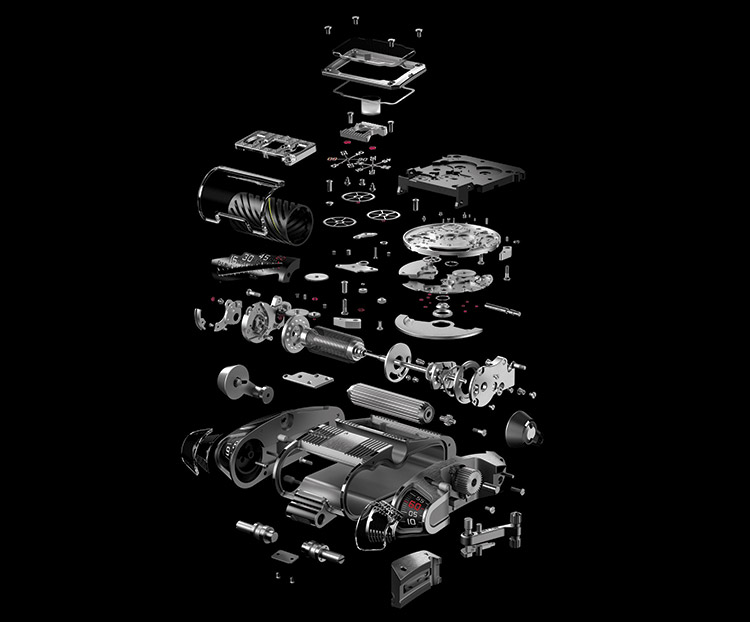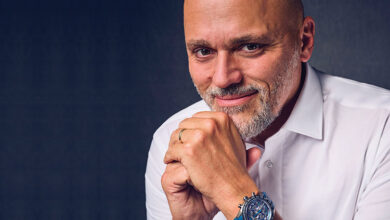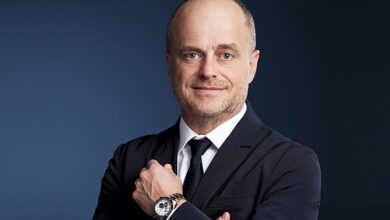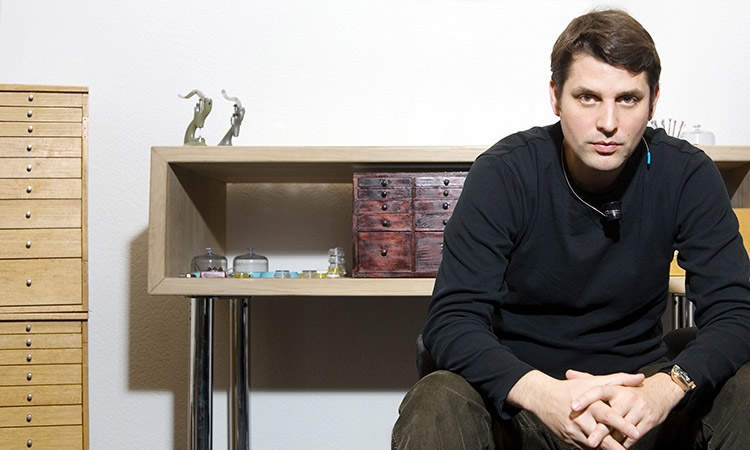
Felix Baumgartner – Co-Founder and Master Watchmaker of URWERK – made time to sit down with “Day & Night” magazine to discuss the making of their latest masterpiece, the UR-111C, the evolution of the linear display of time, the role of optical fibre, and the way forward…
Can you tell us about your new watch – the 111C – and when you started working on it?
The 111C is an evolution of the Patek Philippe Cobra and our UR-CC1, but it brings the linear time indication in a more three-dimensional mechanical experience. In the CC1, it is a two-dimensional flat line, here it is spiral on a cylinder, so the experience is much more three-dimensional on the 111 Cobra.
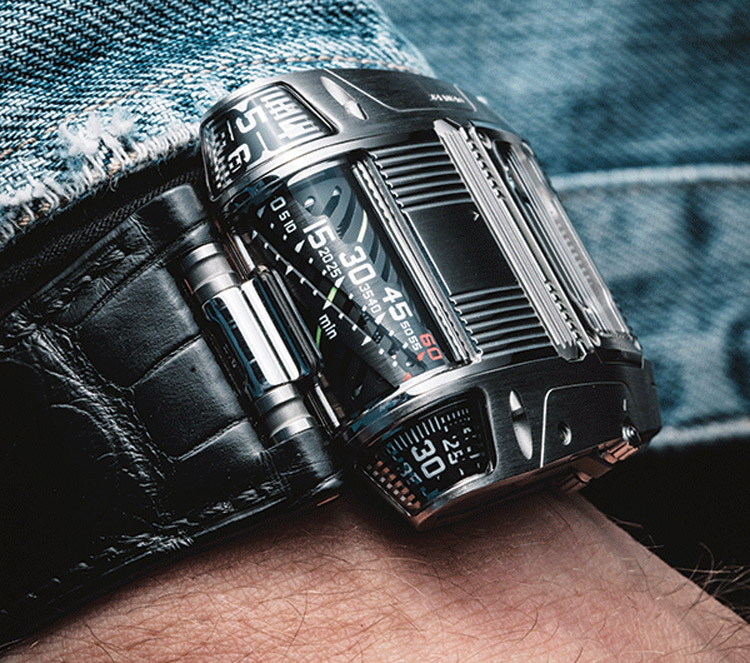
How much time did it take to develop the movement?
It is a brand-new movement, and the complication is totally different from the CC1. The technical solution of the CC1 is completely different; this one is actually an accelerating cylinder so for the last 60 degrees, the whole cylinder is accelerating, and in the process of acceleration, it changes the hours. The CC1 was a retrograde mechanism so it was pushing up to 60 and flipping back. It is a different principle and what is new is also this large crown on top of the movement, which is unique and something never done before in watchmaking. We also have the optical fibre seconds indicator, which we have taken from the telecommunications industry; it the fastest way to communicate today.
Where did you get the idea of using optical fibre?
We got inspired by a natural stone from the collection of Martin Frei, my co-founder and chief designer of URWERK. He has this stone on his desk and when you put it on paper, it just projects the image on to its upper surface. It is a very surprising effect and we started wondering how we could use this in a watch, and realised that telecommunications industry today is using the same principle with optical fibre. We got in touch with a company in Germany that makes fibre optics for the telecommunications and for medical purposes.
We had to choose one standard from the standard collection that they had, and then optimise that. We had to start from a standard piece because it costs millions to make a custom one, and cannot be done to make just 100 pieces. Most of the telecommunications between Europe, Asia, Americas and Africa is done through fibre optics and it is a huge industry.
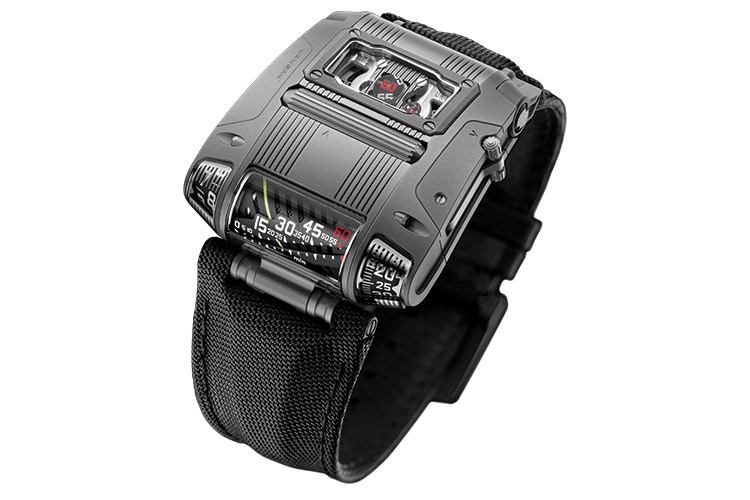
URWERK has been famous for its rotating satellites till date; does the 111C, which has rotating cylinders, signal a change in focus for URWERK or will each watch differ?
As for the rotating cylinder and linear displays of time, the 111C will be our final piece; we are not planning on an evolution of this idea but are working now on a different ideas and movements.
Wouldn’t this be very stressful for you as this means you start from the scratch every time?
We like this kind of stress; we live for it. We are not pushing for bigger volumes of making 500 or 1,000 watches a year. That is the kind of stress I don’t like; we like to focus our capacity on invention and research.
Will there be more editions of the 111C than the two you currently have?
We now have the traditional finish (iron) and the matt finish (gun metal), and we are thinking of two more editions, so that will be four totally – 25 in each so 100 in total.
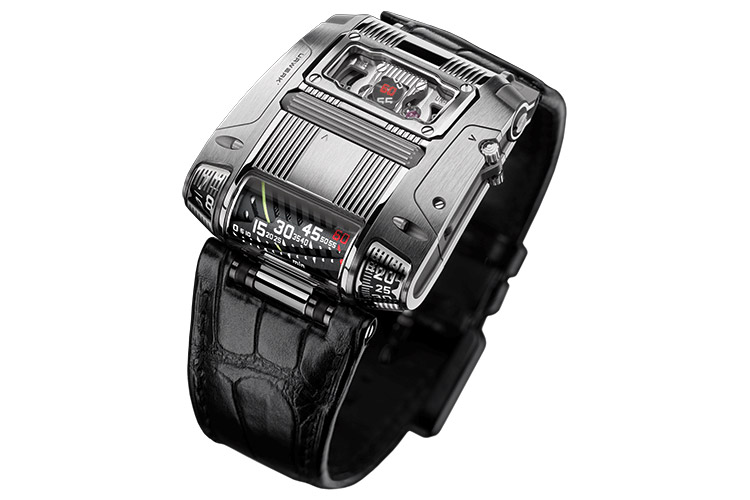
What feature of the watch gave you the most problems and that you are most proud of now?
It is the crown; it has two layers, which work very well. I am surprised at how well they work. The transmission of the crown works smoothly, and to make a mechanism that works this well is not easy, especially for a limited edition of 50 or 100 watches. Nobody would think this is the crown and this is something that has not been done before in watchmaking. I am proud of that, and I am also very happy with the effect of the fibre optic.
Were you happy with people’s reactions when they see the watch for the first time?
Absolutely; people do not understand the watch and what is going on initially. It is a totally new experience as we have managed to make it 3-dimensional, which is an evolution on our earlier work, but on the fibre optic and crown, it is completely new research, and it works very well.
